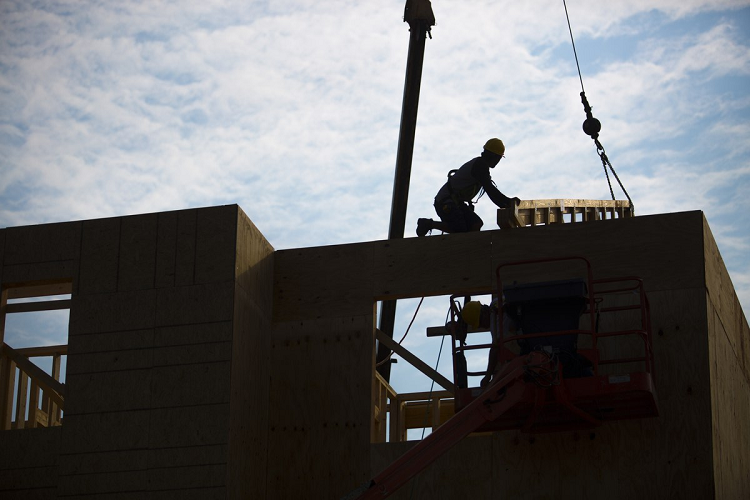If you happen to be building something of a single storey, the chances are you won’t need a construction hoist, but for any large project with multiple levels, a hoist is an essential item to have on site. The primary purpose of a hoist in this scenario is to move people and materials from the ground floor to other areas of the site, with a typical hoist running inside a metal tunnel which is comprised of bolted sections. The cage, which is the platform that transports the items would have a securing door that can be opened at either side, allowing for the safe loading and unloading at any level.
The Power Unit
Construction hoists might use a number of power options, with diesel engines a popular choice, and of course, compressed air can also be used to power a hoist, and most construction sites will have access to compressed air, which runs many of their essential heavy duty tools. The platform would be connected to the wire cable, which would run through a series of pulleys and then onto the main drum which raises or lowers the hoist as required.
People Hoists
Some hoists are designed only to carry people, while others can transport people or materials, and most large construction sites would have both types, with perhaps 3 or 4 different hoists spread around the site. Safety guidelines must always be followed, and with a secure gate, the workers can easily enter or leave the cage.
Weight Limitations
Each construction hoist would have a weight limit and this should never be exceeded, as this could cause a fatal accident. The height of the hoist must be taken into account, and the operator would ensure that the weight limits are never exceeded.
Working to Deadlines
Large construction projects always have tight deadlines to meet, and without hoists to take the workers and materials up to the required levels, things would slow right down. A site manager cannot afford to be without these hoists, and any repairs must be carried out quickly, as even a small delay can be costly, which is why they would enlist the help of a specialised maintenance company to ensure smooth and safe hoist operation.
Hoist Installation
Typically, the main contractor would invite companies to bid for the contract to supply and maintain the hoists, and once the selection is made, that company would be responsible for the hoists, and with regular inspections and maintenance, the work can continue without stoppages, and the workers and materials can be easily transported to the required building levels. It is normal for construction hoist to be gradually extended by bolting on additional sections, until such time as the building is accessible at every level.
Safety Braking Systems
The hoist would be equipped with a good braking system that would ensure the platform stops at the right place each time, and when the platform is stationary, there would be a lock that prevents it from moving.
Construction hoists are essential for the timely transport of personnel and materials, and with a professional company handling the installation and management, the project should be completed to schedule.







